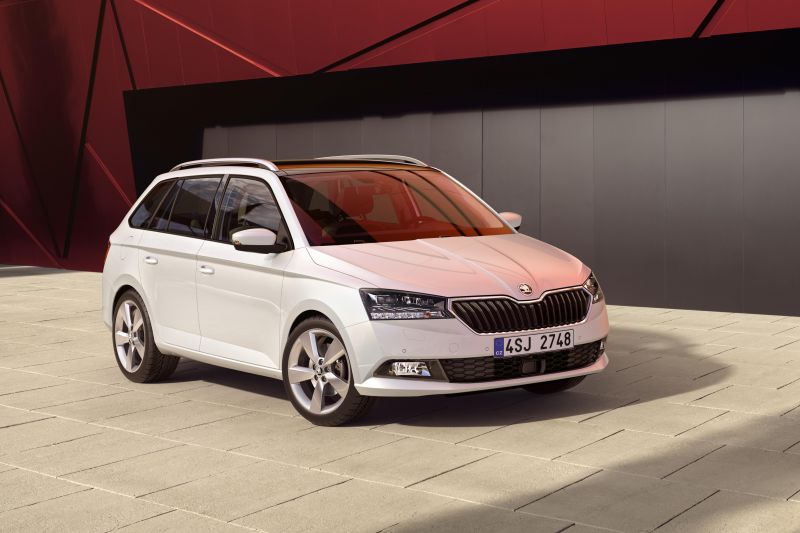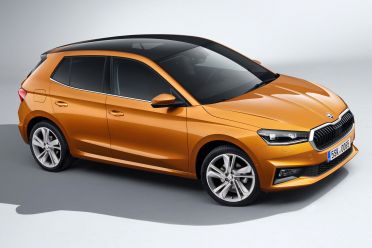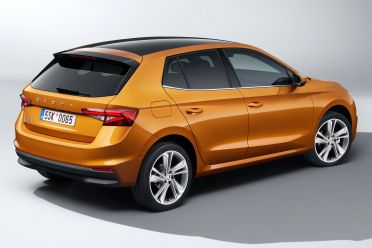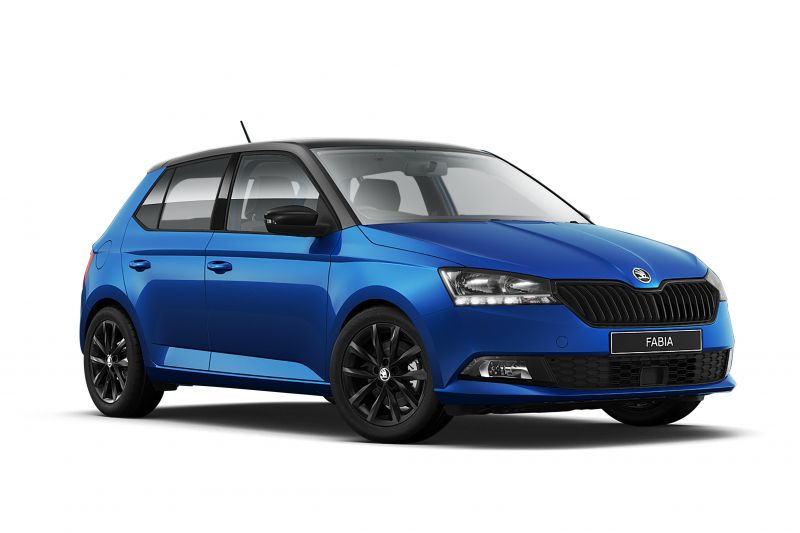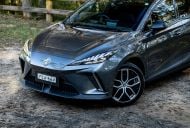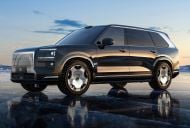The littlest wagon in the West lives!
The redesigned, fourth-generation Skoda Fabia range will continue to offer a wagon and Skoda Australia is interested, though it won’t be available until well after the hatchback.
The hatchback is locked in for a local launch in the first quarter of 2022, but the wagon won’t even be launched in Europe until 2023.
Skoda Australia has expressed its interest in the redesigned wagon, which has yet to be revealed.
“This is a vehicle that can reasonably be said to be unique, so we believe it has a place even with the Scala in showrooms,” said a spokesperson for Skoda Australia.
“Although SUVs comprise some 70 per cent of the market and compact versions the great majority of that, and Skoda has its full SUV lineup, its customers relish the brand’s points of difference.”
In an interview with Auto motor und Sport late last year, Skoda boss Thomas Schäfer confirmed the current wagon – called the Fabia Combi in Europe – will continue to be produced until the end of 2022 and sold alongside the new-generation hatch.
The next-generation wagon will then be launched in early 2023.
Given the typical delay between European and Australian launches, the new Fabia wagon likely won’t arrive in Australia until later in 2023.
Don’t expect the outgoing wagon to be sold alongside the new hatch in Australia, with a Skoda Australia spokesperson confirming stock of the current wagon will almost certainly be gone by the end of the year.
The fourth-generation Fabia shares its MQB A0 platform with the Volkswagen Polo.
While a wide range of engines will be offered in Europe, the most likely powerplant for Down Under is the 1.0-litre turbocharged three-cylinder, which is available in both 70kW and 81kW tunes.
For the first time, the Fabia will be available with interior ambient lighting, contrast stitching, dual-zone climate control, rear seat air-conditioning vents, a heated steering wheel, full LED exterior lighting, and a windscreen with built-in heating elements.
Three touchscreen infotainment systems are available. The base Swing unit has a 6.5-inch screen, while the mid-range Bolero has a larger 8.0-inch display, and supports Android Auto and Apple CarPlay.
The top-spec Amundsen gains a 9.2-inch screen, as well as gesture control and the Laura voice assistant.
Other options include wireless smartphone charging and a customisable fully digital instrument cluster.
On the safety front, available items include lane-keeping assist, blind-spot monitoring, semi-autonomous parking assist, adaptive cruise control, and traffic sign recognition.
With Travel Assist these systems work together to drive itself in heavy traffic, automatically keeping the car in its lane, keeping a safe distance from the car in front, and stopping and starting as required.
Surprise and delight features include an umbrella holder in the front doors, an ice scraper located in the fuel filler cap, flaps to hold smartphones in the front seatbacks, an A-pillar ticket holder, a folding front passenger seat, and a USB-C port in the rear view mirror suitable for a dash cam.
Skoda is running out the current Fabia with a limited range of hatch and wagon models, aptly named Run-Out Edition.
All are powered by a turbocharged 1.0-litre three-cylinder engine, though five-speed manual versions use a 70kW tune and seven-speed dual-clutch automatic versions have 81kW of power.
Prices range from $21,990 drive-away for the manual hatch to $25,990 drive-away for the auto wagon.
In contrast, the larger Scala is currently being offered at $27,990 drive-away. While it has a practical hatchback body, the little Fabia wagon still has the edge in terms of load-carrying capability.
The Fabia wagon has a 530L boot, expanding to 1395L with the rear seats folded. In contrast, the Scala has 467L and 1490L, respectively.
Expect the new wagon to offer even more space, with the redesigned hatchback being 111mm longer than its predecessor and boasting an extra 50L of luggage space.
The current Fabia wagon competes in a class of zero in Australia, being the only light car to offer a wagon body style.
Even in Europe, a market in which wagons are much more popular, the Fabia wagon has essentially no competition.
The Dacia Logan, Seat Ibiza and Renault Clio all lost their wagon variants with their latest redesigns, leaving only small crossovers and B-segment MPVs like the Fiat 500L.





